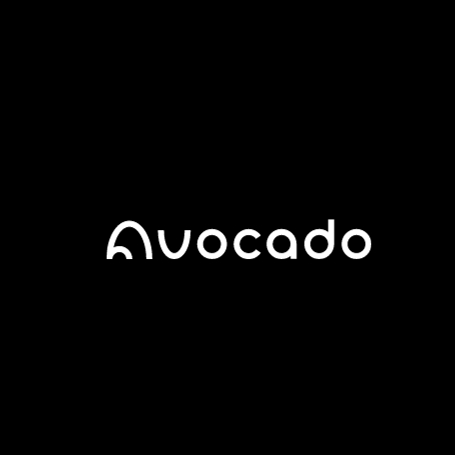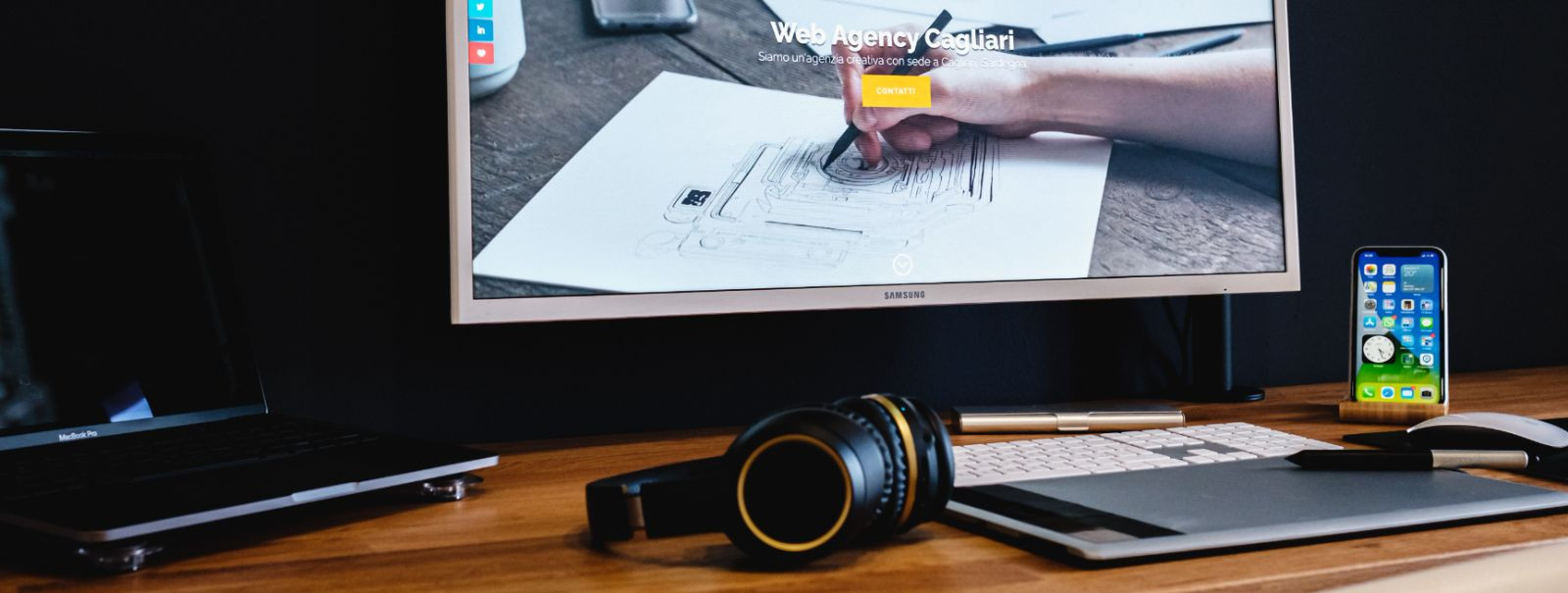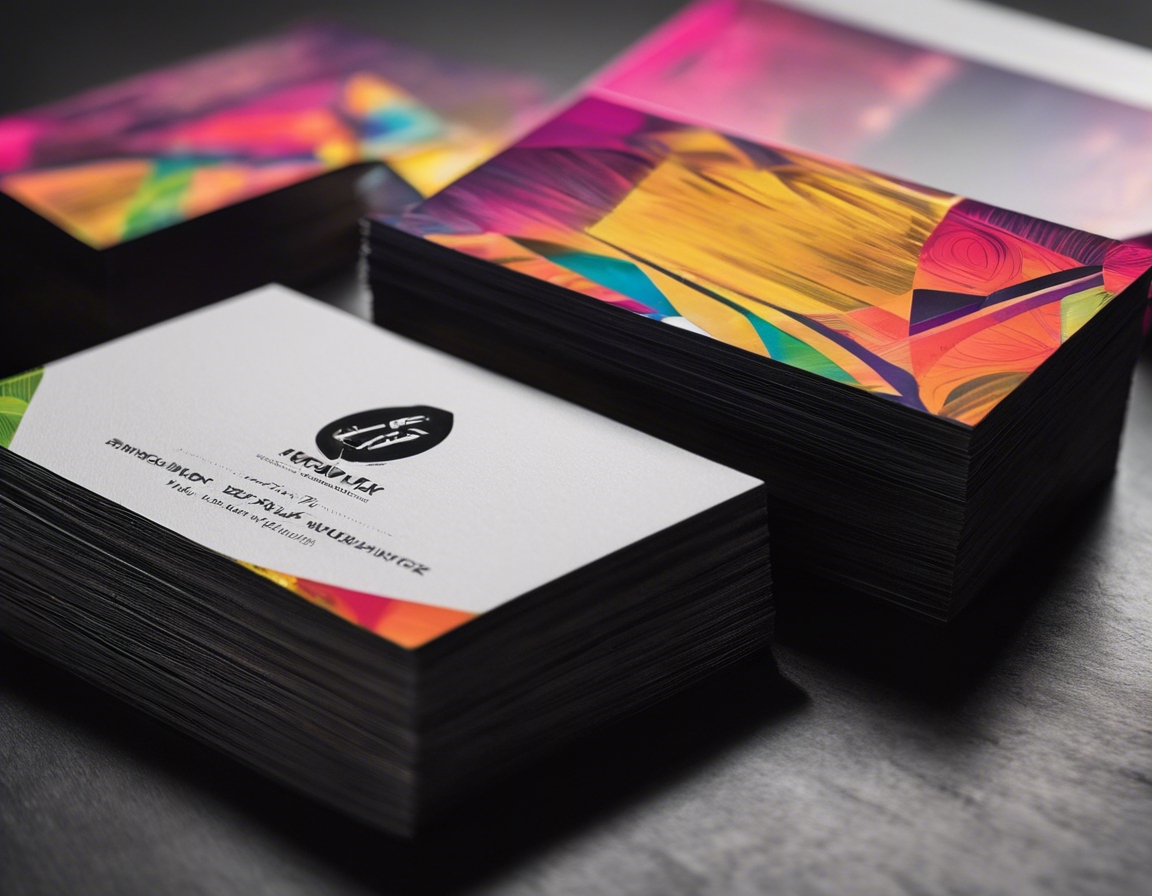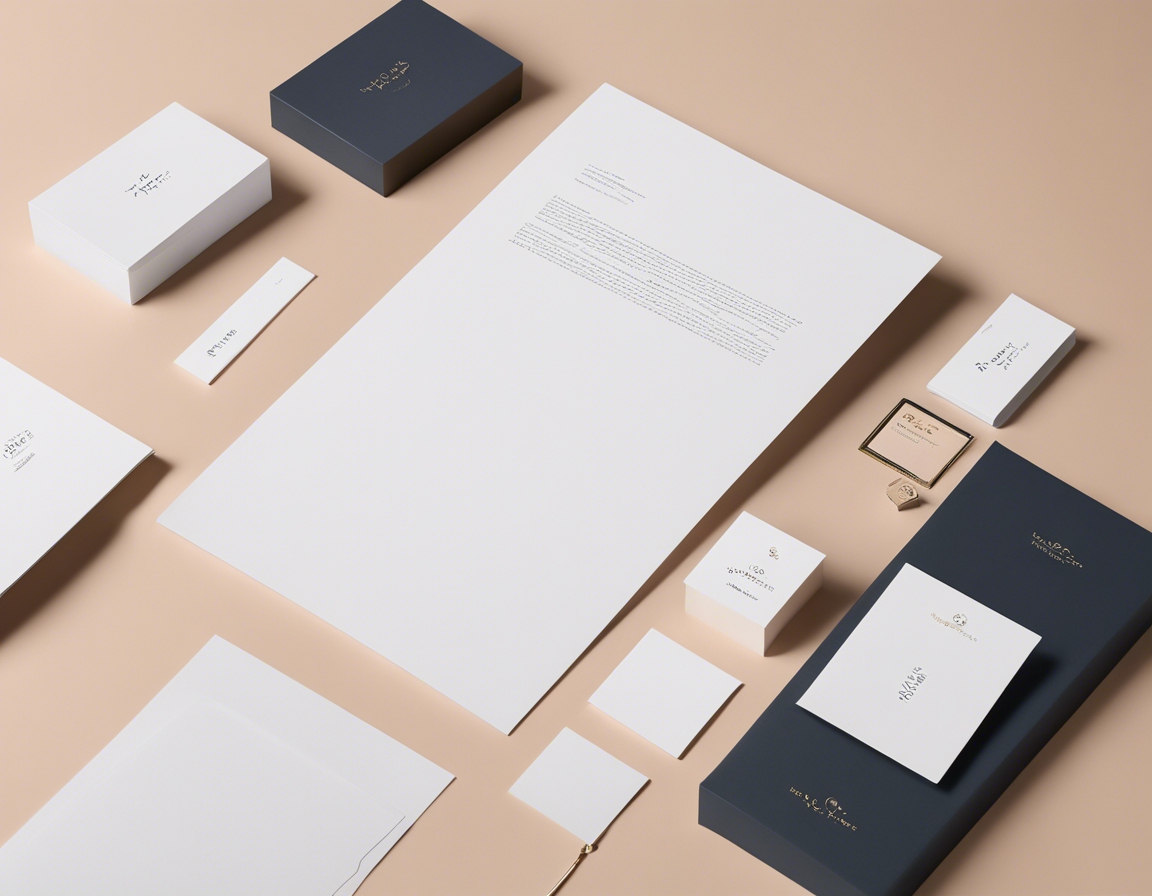The future of web design: trends to watch
The digital world is in a constant state of flux, with web design at its core. As we look to the future, several emerging trends are set to redefine the way we create and interact with websites. For businesses and entrepreneurs aiming to stay ahead of the curve, understanding these trends is crucial for a strong visual presence and effective online engagement.
Responsive Design: More Than Just a Trend
With mobile devices accounting for over half of global web traffic, a mobile-first design is no longer optional. This approach prioritizes the mobile user experience, ensuring websites are navigable and aesthetically pleasing on smaller screens.
Responsive websites also require adaptive media. Images and videos must be optimized to load quickly and fit various screen sizes without losing quality, enhancing the overall user experience.
Minimalism and Maximalism: A Balancing Act
Minimalism in web design focuses on simplicity and functionality, stripping away unnecessary elements to highlight the most important content. This trend is about creating a clean, uncluttered user interface that enhances usability.
Conversely, maximalism celebrates excess and complexity, using bold colors, patterns, and textures to create a captivating and memorable experience. It's a reaction to the minimalist trend, offering a unique way for brands to stand out.
AI and Machine Learning in Web Design
AI and machine learning are revolutionizing web design by enabling personalized user experiences. Websites can now adapt content and interfaces in real-time based on user behavior and preferences.
These technologies also streamline the design and development process, automating repetitive tasks and allowing designers to focus on more creative aspects of web design.
Advanced Interactivity and Micro-Interactions
Micro-interactions are small, functional animations that enhance the user experience by providing feedback and guiding users through a website. They add a layer of interactivity that can make a website feel more intuitive and alive.
Interactivity is also being used to tell stories and engage users on a deeper level. Interactive storytelling can transform a website into an immersive experience, captivating users and encouraging them to explore further.
Dark Mode and Color Psychology
Dark mode has become increasingly popular for its aesthetic appeal and reduced eye strain. It offers an alternative visual experience that can also save battery life on mobile devices.
Understanding color psychology is essential for web designers. Colors can evoke emotions and actions, making them a powerful tool for influencing user behavior and reinforcing brand identity.
Accessibility and Inclusive Design
Web design must be inclusive, ensuring that websites are accessible to users with disabilities. This includes using proper contrast ratios, alt text for images, and navigable structures for screen readers.
Accessibility is not just a design trend; it's a legal and ethical obligation. Designers must be aware of accessibility standards and regulations to create websites that are open to everyone.
3D Elements and Augmented Reality
3D elements add depth and realism to web design, offering a new dimension of user engagement. They can be used to create interactive product showcases or to add visual interest to a website.
Augmented reality (AR) is set to take web design to new heights, allowing users to experience products and environments in a more immersive way. AR can bridge the gap between the digital and physical worlds, enhancing the online shopping experience and more.
Typography and Its Impact
Bold typography and creative text layouts are becoming more prevalent in web design. They can convey personality and set the tone for a brand, as well as guide users' attention to important content.
Variable fonts offer designers a multitude of options within a single font file, allowing for more responsive and adaptable typography. Readability remains a key consideration, with clear, legible fonts being essential for a positive user experience.
Design Systems and Consistency
Design systems are collections of reusable components and guidelines that help maintain consistency across a brand's digital presence. They streamline the design process and ensure a cohesive user experience.
Consistency in design reinforces brand identity and builds trust with users. A well-implemented design system can make a brand instantly recognizable across different platforms and touchpoints.






Comments (0)